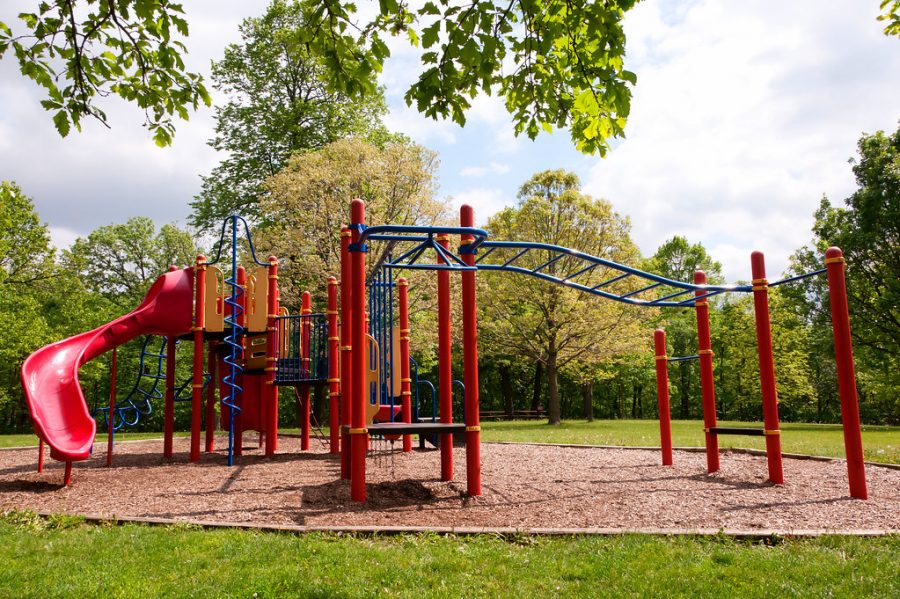Students reach to the past with nostalgic television shows, movies
March 29, 2021
As March comes to a close, it has been a whole year since the first phase of quarantine that essentially put everyone’s life on pause. Since then, outdoor dining, masks and virtual meetings have become the new normal. However, many students are finding pockets of happiness from back in time.
“A common piece of advice when studying is to associate a fact or piece of material with a physical object or saying. Another one is to chew gum while studying and chew the same flavor during the test,” said Colin Leonelli, a second-year biology major. “Just as these physical or sensory items can link to a fact or material, things that were huge parts of our childhood can bring us back to that time in our life. A time that for most people was a lot happier and easier than life right now.”
One main way that students are escaping the present is by rewatching popular movies and television shows from their elementary school days. Zeynep Gul, a second-year architecture major, finds herself regularly returning to Disney favorites like “The Princess and the Frog” and “Wizards of Waverly Place.”
“They make me feel at ease,” Gul said. “Disney’s introduction sound sometimes gives me shivers, and I feel pure happiness remembering how exciting it was to watch these movies for the first time.”
Streaming services like Netflix, Disney+ and Amazon Prime Video have made it easy for students to enjoy shows from their childhood. Seemingly every time a new show from the 2010s is added to a streaming service, social media is abuzz for the next week about how excited people are to watch their favorite show over again.
The string of Nickelodeon shows added to Netflix began in November with “Victorious” and continued with “iCarly” in February. This month, “Big Time Rush” was added.
“It’s funny to rewatch the episodes yet understand a lot of the jokes that went over my head as a kid,” Leonelli said. “It also subconsciously relaxes [me] and brings me happiness.”
On TikTok, stars of various popular 2000s shows have been active by creating content relating to the show, making fans of all ages very happy.
“I saw the cast of ‘High School Musical’ doing the choreography to ‘We’re All In This Together’ and it just made me smile wide,” said Amanda Laurent, a second-year behavioral neuroscience major. “Also, I recently saw a TikTok of Arwin from ‘[The] Suite Life of Zack and Cody’ wearing his costume and being all goofy. It’s quite wholesome.”
Stars like Avan Jogia from “Victorious” and Kaycee Stroh from “High School Musical,” have created some content relating to their most popular projects while also posting regular content that is completely unrelated.
“I was really surprised because they are the characters we grew up with, and seeing them as their own persona on social media was surprisingly enlightening,” Gul said.
Whether from a simple 60-second TikTok or multiple seasons of a show, these moments of joy that stem from nostalgia are a feeling that many desire now more than ever. A recent study published in Frontiers in Psychology found that nostalgia can be triggered by feelings of loneliness and sadness, yet at the same time, it can increase optimism.
“During the pandemic, we gained more free time along with stress and anxiety about not knowing what is going to happen tomorrow,” Gul said. “In that sense, childhood entertainment is a reliable source of support for those who choose to escape from reality.”
Watching these light-hearted shows like “Spongebob” and “iCarly” can instill feelings of hope and a sense of comfort for stressed college-aged students, not only because of the carefree nature of the shows, but also thanks to the nostalgic feeling that accompanies them, according to Gul.
Although many college students cite nostalgia from the pandemic as the reasoning for their recent consumption of childhood media, the recency of the situation means there is no proven link between the two. Instead, people tend to reflect on media they enjoyed in their past, said Kristopher Cannon, an associate teaching professor in the department of communication studies.
“There is a way in which the memories of [bonding over media] will be something that might be a signal of a shift,” Cannon said, contextualizing the current nostalgia phenomenon in today’s media industry. “As more and more content is produced, in that when there is no limitation to the quantity of programs or original content made, it makes it that much harder for people to experience that sort of collective engagement with a text that then spawns a cultural and collective memory that you can be nostalgic about.”
Next time you need a little pick me up or are having a rough day, try indulging your inner child and let the laughing tracks of childhood sitcoms ease your mind.
“Growing up and experiencing new things is great,” Leonelli said. “But it always feels nice to get back into the careless mindset of a child.”







